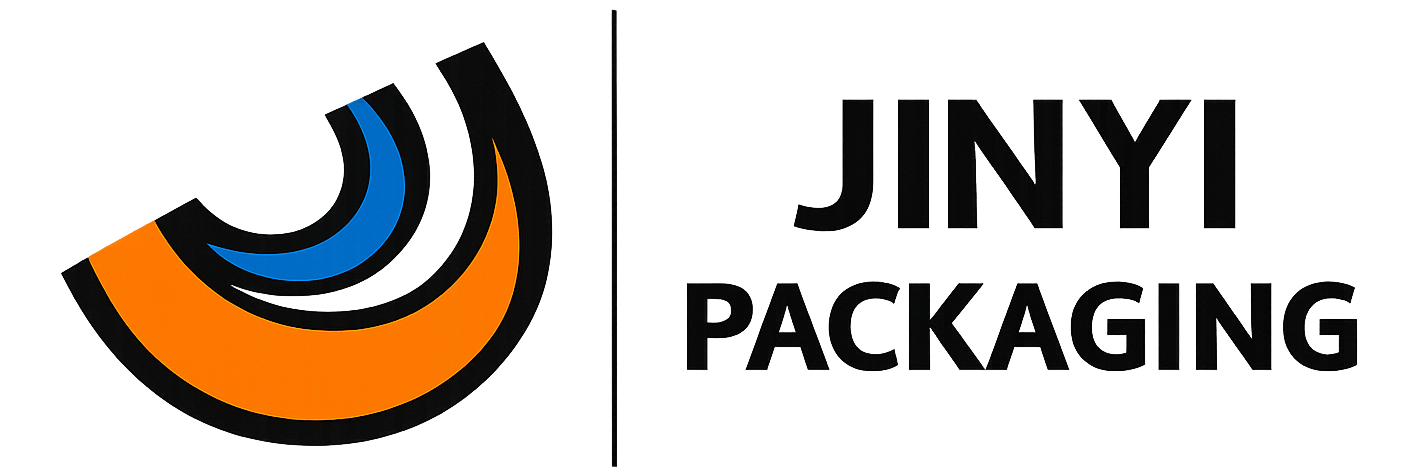Aluminized Food Packaging Film for High Barrier and Premium Brand Appearance

Aluminized food packaging film is a high-performance flexible packaging material made by vacuum-metallizing an ultra-thin layer of aluminum onto plastic films such as PET, BOPP, or CPP. This structure combines the flexibility of plastic with the excellent barrier properties of aluminum, making it ideal for preserving food freshness, enhancing shelf life, and elevating product appearance.
Key Advantages of Aluminized Food Packaging Film
1. Superior Barrier Protection
The vacuum aluminum layer provides outstanding resistance to oxygen, moisture, UV rays, and odors. It helps keep food fresh for longer by reducing the impact of external elements that can degrade quality.
2. Lightweight and Cost-Efficient
Compared to traditional aluminum foil, aluminized films are thinner, more flexible, and lighter, reducing transportation and material costs without compromising performance.
3. Premium Metallic Appearance
With its glossy silver finish and high reflectivity, aluminized packaging film delivers a sleek, high-end look that enhances product shelf appeal and communicates quality to consumers.
4. Excellent Sealability and Processability
These films can be laminated with CPP or PE for high-speed packaging and reliable heat-sealing. They are ideal for automated packaging lines and flexible applications.
5. Eco-Friendly & Recyclable Potential
Aluminized films are more environmentally friendly than full aluminum foil. The aluminum layer is ultra-thin and the base plastic films are increasingly recyclable, making this a more sustainable packaging solution.
Common Applications
| Product Type | Recommended Film Structure | Examples |
|---|---|---|
| Snacks & Baked Goods | VMPET / VMCPP | Chips bags, nut pouches, cookies |
| Powdered Products | PET/VMPET/PE or PET/AL/PE | Milk powder, spice mix, coffee |
| Tea & Coffee Packaging | PET/VMPET/PE | Tea bags, coffee pouches |
| Medical & Health Items | High-barrier metallized PET | Nutritional supplements, pills |
These structures are optimized for barrier performance and visual impact. For example, PET/AL/PE offers excellent aroma retention and is commonly used in roasted coffee packaging.
Aluminized Film vs Traditional Aluminum Foil
Barrier Performance: While aluminum foil has near-zero transmission rates, aluminized PET achieves sufficient barrier for most food applications (e.g., WVTR ~0.8 g/m²·day, OTR ~1.2 cc/m²·day).
Handling & Printability: Aluminized films are more flexible and easier to print on, reducing the risk of cracking during conversion or shipping.
Cost Advantage: With a thinner aluminum layer, these films offer significant savings on material and logistics while still delivering premium barrier functionality.
Why Choose Our Aluminized Food Packaging Film?
Food-Grade Safety: Certified food-safe and BPA-free for direct contact with food products.
Customizable Options: Choose from various thicknesses, widths, and metallic effects. Custom printing and laminating available.
Shelf Impact: Shiny, reflective appearance boosts brand presence and attracts attention on crowded store shelves.
Sustainability Consideration: Lighter and recyclable structure supports eco-friendly packaging initiatives.
Conclusion
Aluminized food packaging film is the ideal solution for food brands seeking a combination of barrier performance, cost-efficiency, and high-end presentation. Whether for snacks, coffee, powdered goods, or health products, this material delivers both protection and visual appeal—making your product stand out while staying fresh longer.
